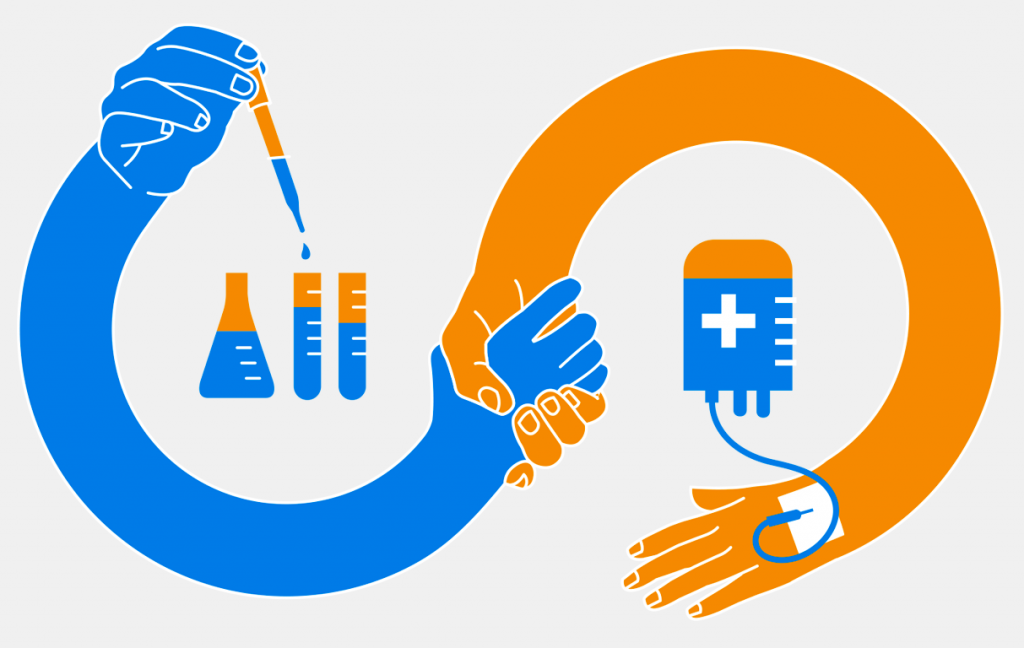Facts:
-
There is a gradual revival in the number of clinical trials being done in India.
-
From an all-time low of 17 clinical trials approved by the Drug Controller General of India (DCGI) in 2013, the number has slowly increased to 97 in 2017, a more than 400% jump in five years.
Context:
-
There is a troubling trend of financially needy people serially volunteering for trials to supplement their income.
-
This is a worldwide phenomenon, including in high-income regions like the U.S. and the European Union.
-
The problem arises when volunteers who are desperate for money deceive investigators, lying about their age, health or other medications, just so they can participate. Such serial volunteers are an especially vulnerable class of people, because of their poverty and low levels of education.
-
In 2012, a PIL plea filed by the Swasthya Adhikar Manch in the Supreme Court raised an alert over many irregularities in clinical trials, including lack of consent and compensation to the patients referred to as subjects.
-
Around the same time, the 59th Parliamentary Committee report stated that there was a strong nexus between drug makers, doctors and some government regulators.
Legal Provisions:
-
Under the Indian Drugs and Cosmetics Act, an independent body of doctors and laypersons, known as an ethics committee, must oversee a trial to make sure the rights of such groups are safeguarded. But bioethicists say this isn’t happening.
-
Drugs and Cosmetics Act requires every trial death to be investigated,
-
In any trial that relies heavily on vulnerable groups like daily wage earners, the ethics committee can choose to monitor subjects intensively, and counsel them on health risks.
-
There are several tools to do this, like meeting participants and administering questionnaires to gauge their awareness.
Risk of Serial Volunteering:
-
The pervasiveness of serial volunteering and deception is not just a risk to participants but also taints the quality of data collected by CROs in bioequivalence studies.
-
This included hopping from one trial to another without a three-month gap in between, drinking alcohol, and hiding one’s health history. Such behaviour can distort trial data.
-
To avoid this, France and the U.K. today have a national registry of volunteers, while the U.S. is contemplating one. India, with its lower levels of income and awareness, could benefit more from such a registry, but has none.
Inducements to attract volunteers:
-
The higher the payment, the more likely that a volunteer will ignore the risks, argue some bioethicists. Bioequivalence studies can pay up to Rs. 25,000 for a week-long commitment, during which a daily wage earner like Vangaru would have otherwise earned a tenth of the amount.
-
The Indian Council of Medical Research’s ethical guidelines for biomedical research on humans suggest that a company only compensate a participant for the inconvenience and loss of earnings due to the trial, and refrain from “undue inducement” or gratuitous payments that can influence decision-making.
-
The large demand for volunteers and the supply of willing subjects has spawned a bustling marketplace for participation in bioequivalence studies. Dozens of groups on the instant messaging platform WhatsApp, with telltale names like “Anytime Money”, share information about ongoing studies.
-
A long list of drugs can trigger temporary psychosis, from alcohol and cannabis to some antibiotics, steroids and Parkinson’s drugs.
-
To be fair to CROs, willful deception by volunteers can be hard to flag, say bioethicists. But the problem is compounded by the cultural taboo surrounding trials.
-
Volunteers often keep their families in the dark, leaving them without a safety net when they fall ill or are exploited. The only way to tackle this trend in its entirety is through social campaigns to improve awareness.
-
For every clinical trial, the Drugs and Cosmetics Act requires participants to receive a copy of an informed consent form, which explains the trial protocol in great detail.
What led to reduction in no. of Clinical Trials earlier?
-
In 2013, a gazette notification by the Ministry of Health and Family Welfare determining the eligibility for compensation eventually led to many drug makers hunting for other locations for trials.
-
The clause of compensation was open to misuse and could act as an inducement for participation in the trial as it called for free medical management in terms of injury to the clinical trial subject.
-
There was no distinction made between study related injury or non-related injury and approval time of clinical trials also takes extremely long.
-
There were many other clauses that were brought in: like investigators could not undertake more than three trials, to be conducted only in government hospitals, the site of trials should be 50-bed hospitals, etc

What is the status now?
-
Gradually, they have begun harmonizing the clinical trial environment as per international standards and now 50% of the trials can be conducted in private hospitals, there is no restriction of three trials per investigator and a formula for calculating financial compensation has been derived.
Source: